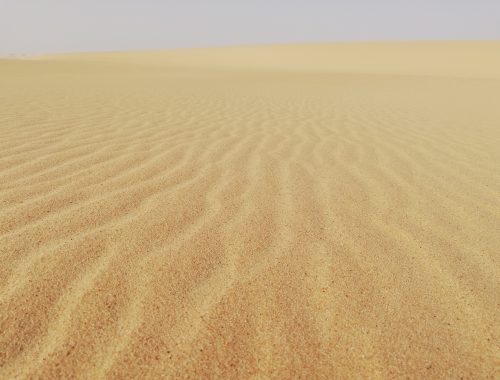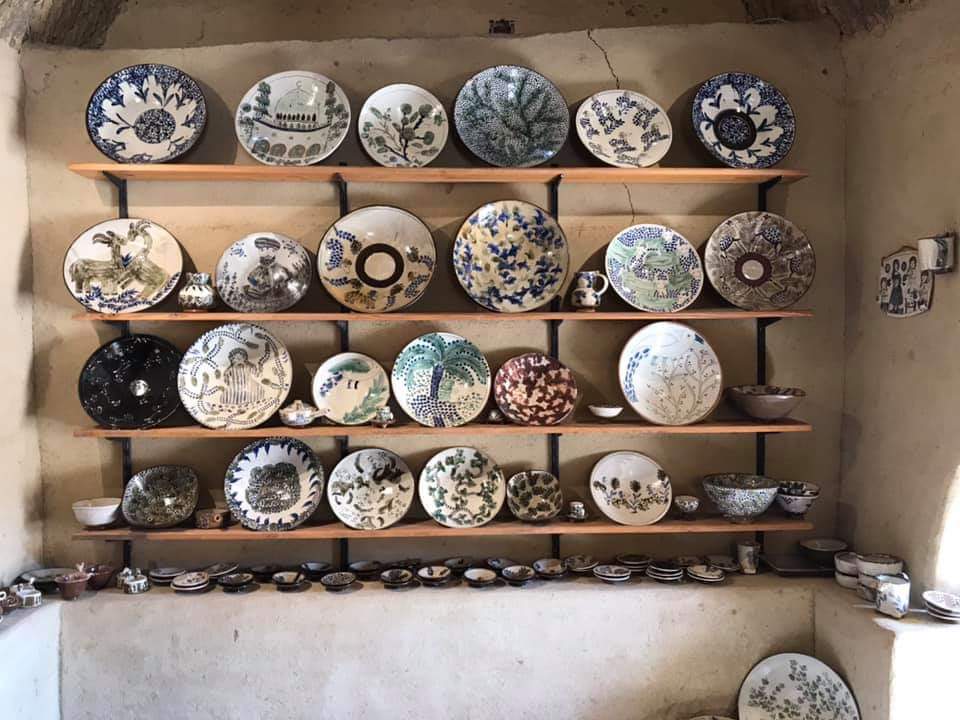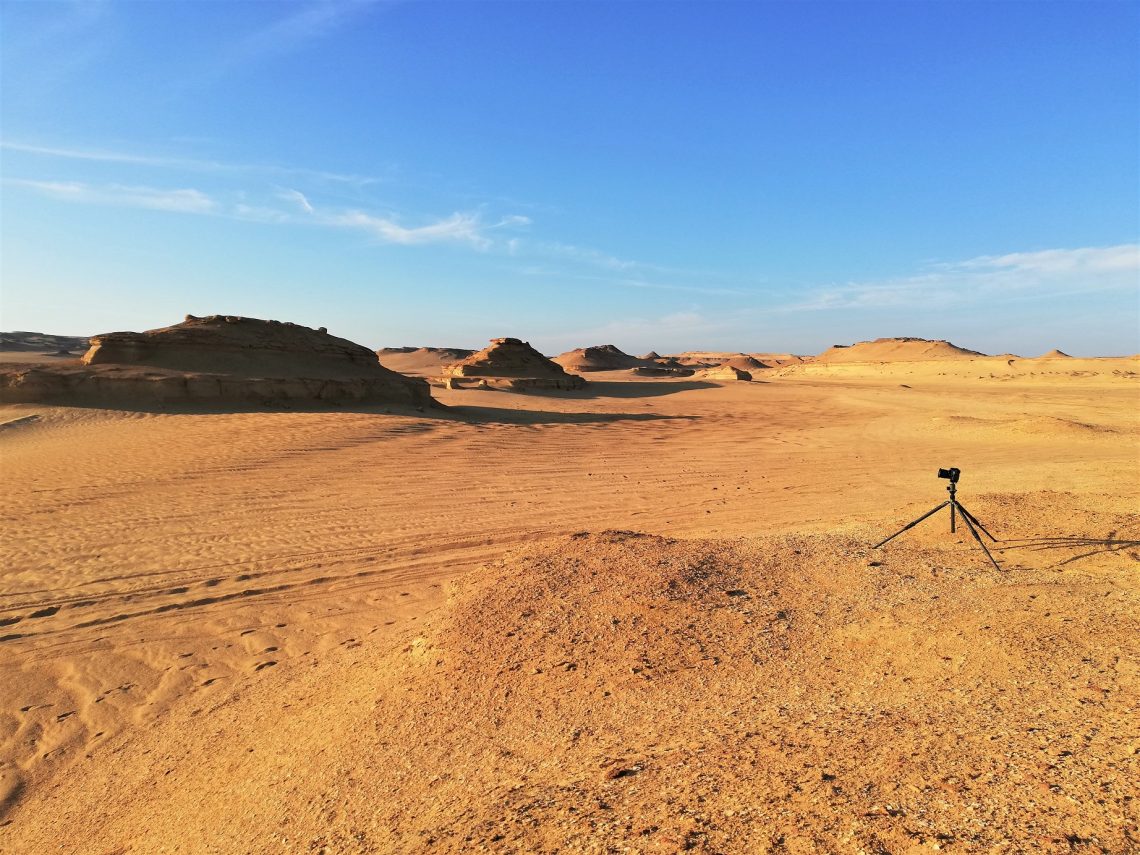
Explore the “North” side of Lake Qaroun
Often overlooked is the north side of Lake Qaroun with its beautiful mountain formations. It’s a shame because the whole area is filled with the evidence of substantial ancient occupation. It is one of the few places in the world where a nearly pristine archaeological landscape can be studied. Not only is it archaeologically important, but it is rich in fossils of extinct animals and contains a petrified forest.
At times when the lake was much larger and the forests were growing around it, the marshy shore lines of the lake were teeming with crocodiles. The crocodile God Sobek was considered the protector of Al Fayoum. In fact the town Arsinoe was known to the Greeks as Crocodiliopolis.
Qatrani Camp and surrounding mushroom rock formations
Wind and sand erosion over thousands of years fashioned beautiful mushroom rock formations that mark the Fayoum desert today.
These natural sculptures that greet visitors wherever they go in the desert show that the work of nature is always more perfect than that of man. you can start yourt exploration trip of the northern side of the lake by having a glass of tea at Qatrani Camp, while overlooking the beautiful lake from above the mountain.


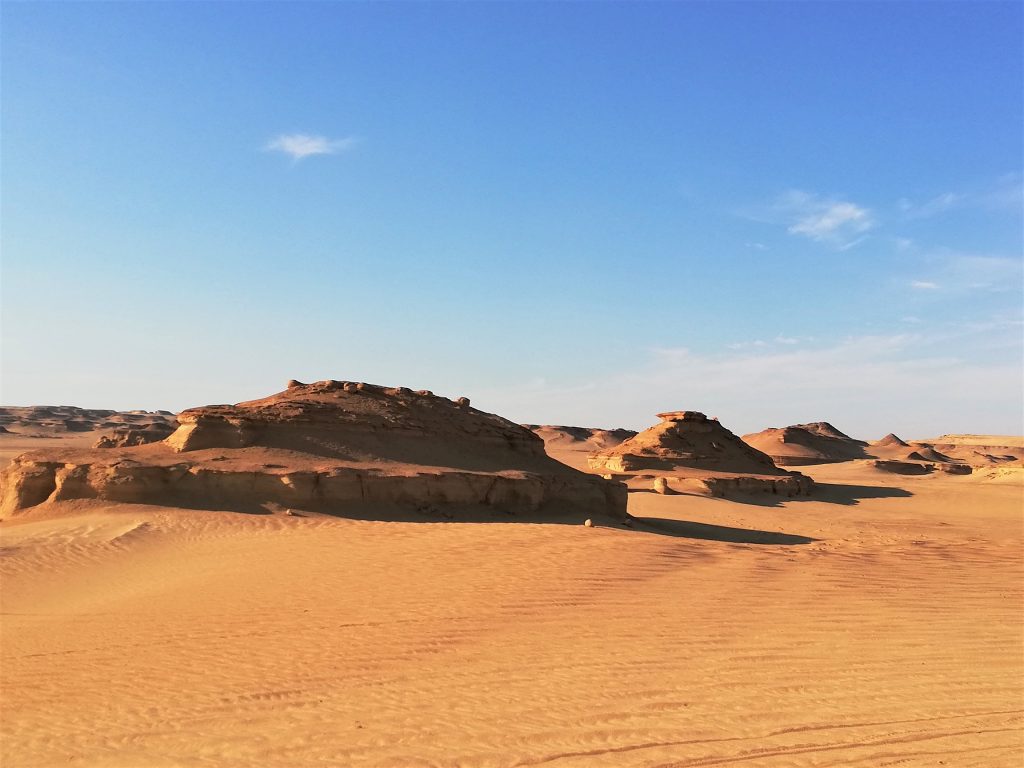
Dimeh al-Siba
Dimeh al-Siba was a Ptolemaic city believed to be founded by Ptolemy II in the third century BC on a site that shows evidence of habitation from the Neolithic period. In Ptolemaic times it was located at the edge of the bay of Lake Qaroun and the beginning of the caravan routes to the Western Desert. Today the site is 65 meters (208 ft) higher and 2.5 km (1.5 miles) beyond the water’s edge.
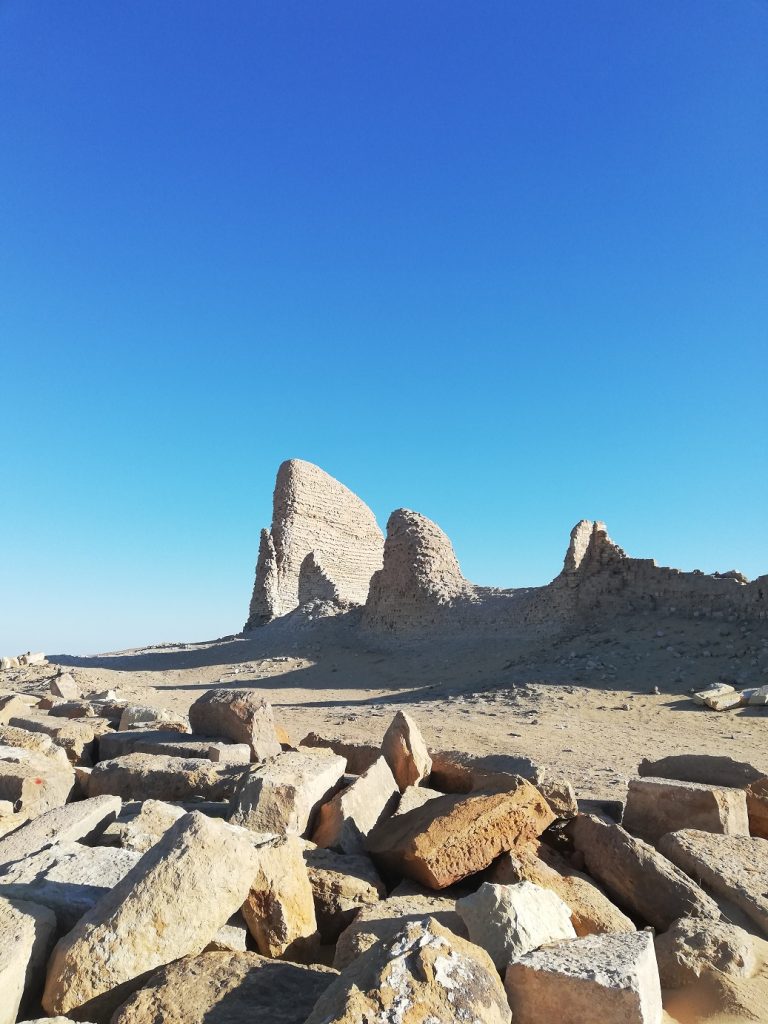
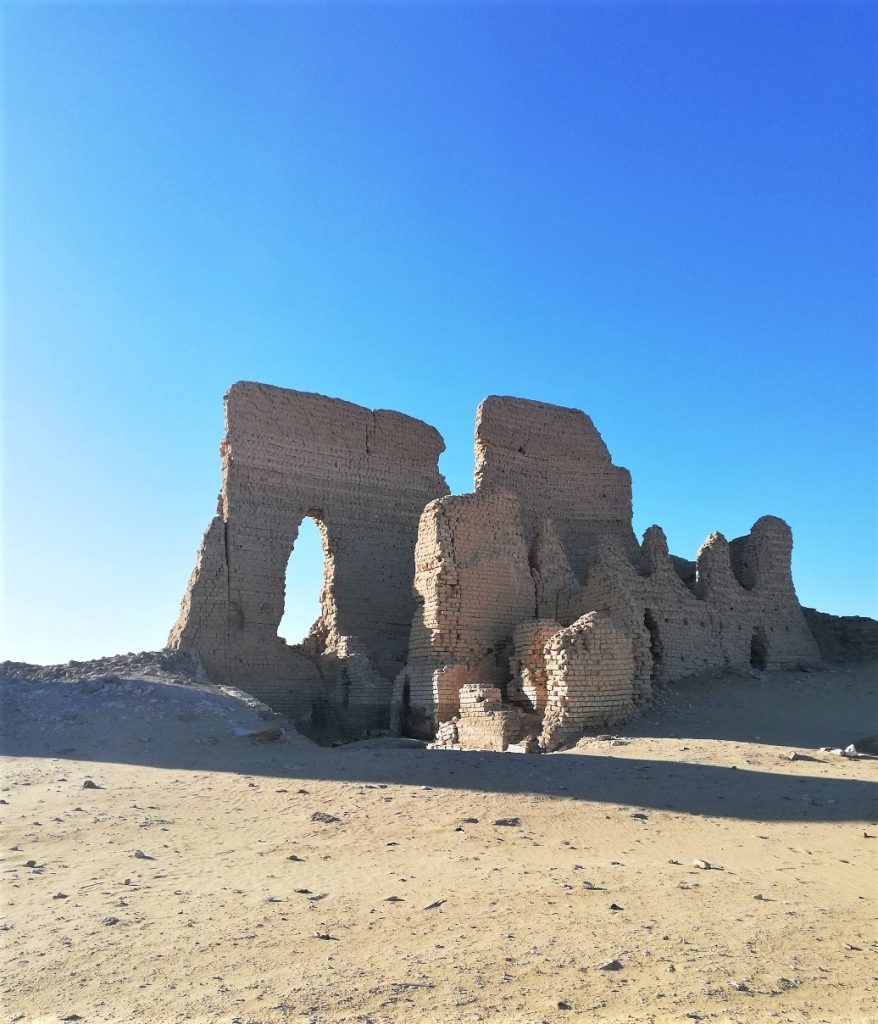
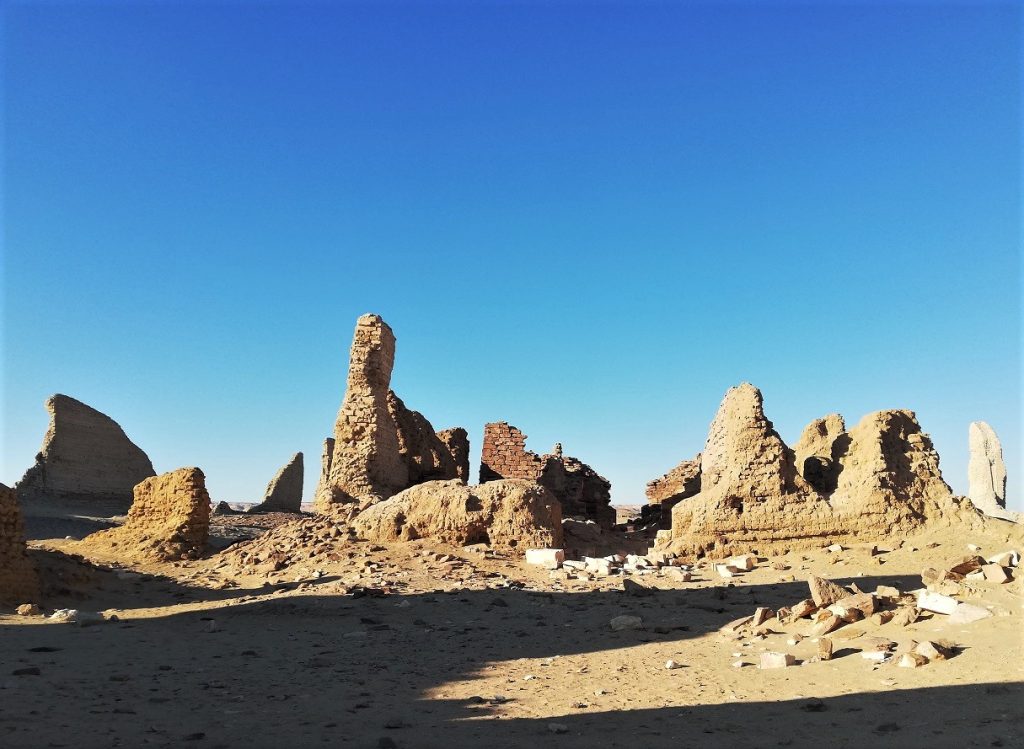
Qasr El Sagha
This unfinished Temple is awesome for many reasons. It is huge; but not collossal. It is thought to be attributed to Sobek, but no one really knows for sure. The design is also unusual, formed from massive limestone blocks.
Qasr Sagha probably dates back to the Basalt quarries from the Old to Middle Kingdom. This large black basalt quarry exists at the northern edge of Gebel Qatrani, near Widan el-Faras. It was once an Old Kingdom quarry, which was used temples. The basalt was loaded onto sleds and transported down the escarpment to the waiting boats at the quay at Qasr al-Sagha. The roadway that led to the quarry beginning at Qasr Sagha was constructed of basalt stone and petrified wood.
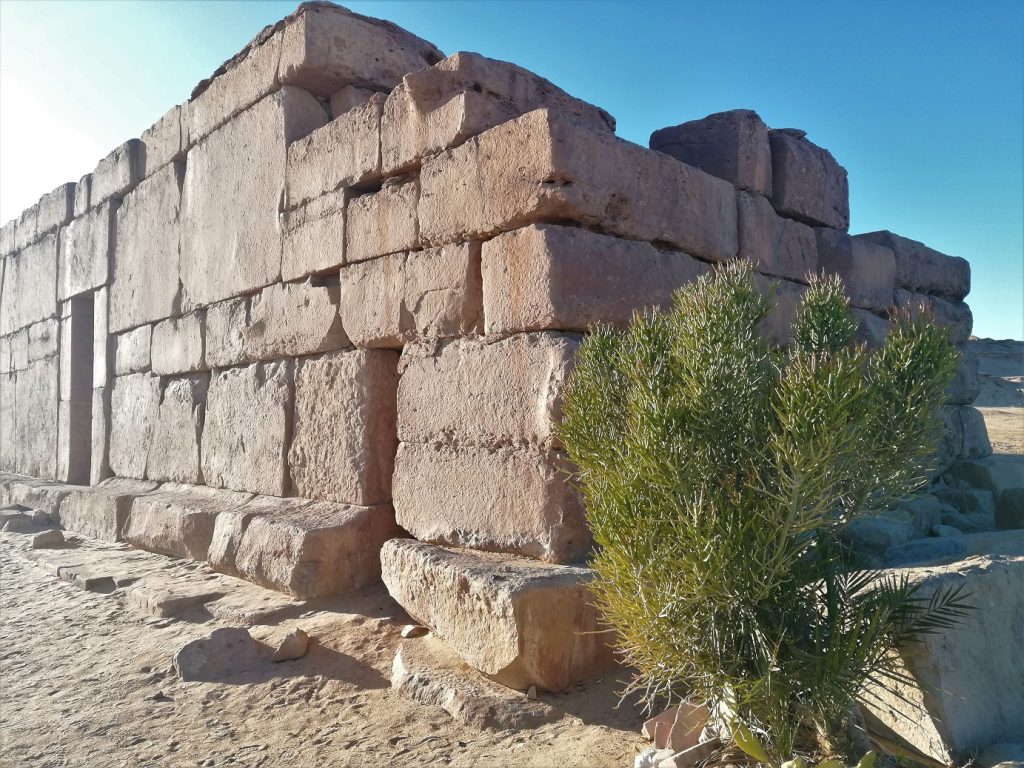
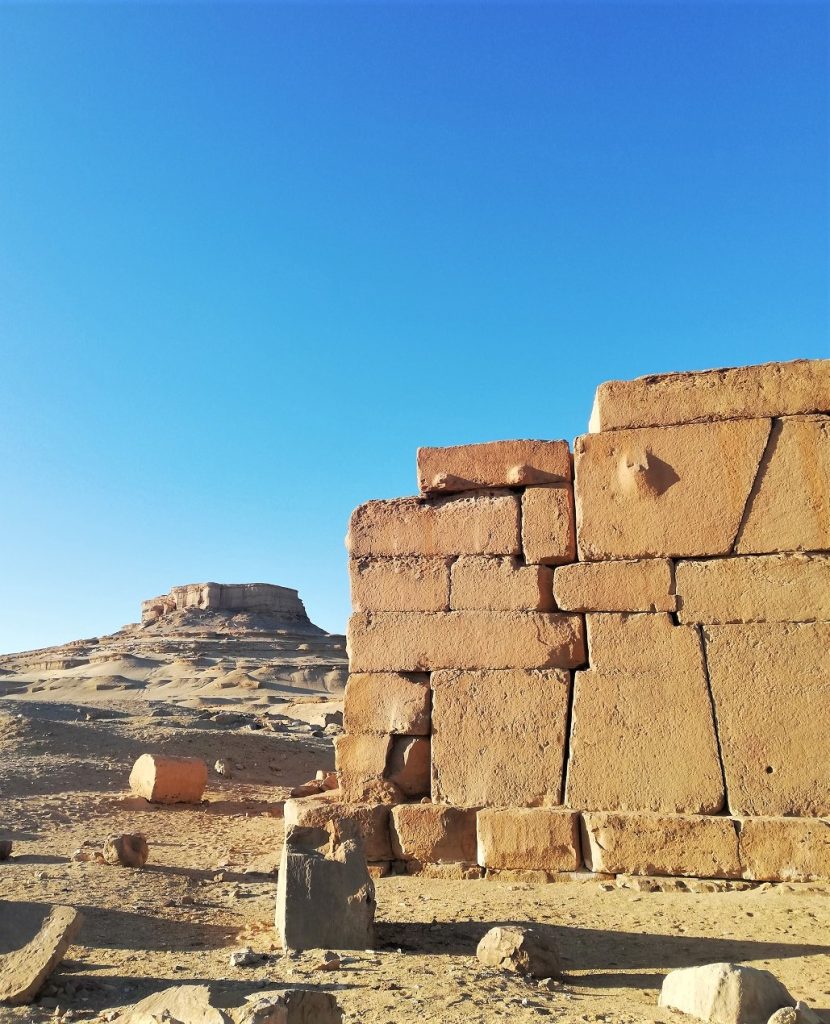
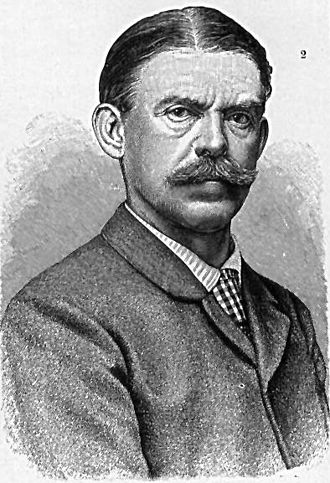
The Sagha Formation is a geological formation, which is part of the Wadi El Hitan World Heritage Site.
In 1879, German botanist Georg August Schweinfurth spent many years exploring Africa and eventually discovered the first archaeocete whale in Egypt. He visited Qasr el Sagha in 1884 and 1886, but ironically missed the today so famous “Valley of the Whales” with a few kilometers.
Still Schweinfurth discovered fossils of the early whale genus Saghacetus (“Sagha whale”, originally named “Zeuglodon osiris“) at Qasr al Sagha.
Petrified Forest
The petrified forest in Qatrani is the remnant of a forest that grew 35 Million years ago. A forest that held trees as high as 30 meters (98ft). Perfectly petrified, these trees show details down to the smallest detail.
Wanna learn more about things to do in and around Tunis Village?

Egyptian Streets @ Barefoot in Tunis
You May Also Like
